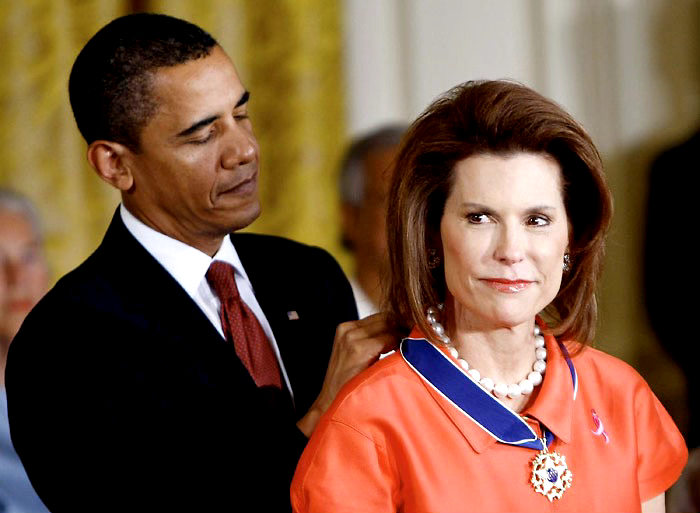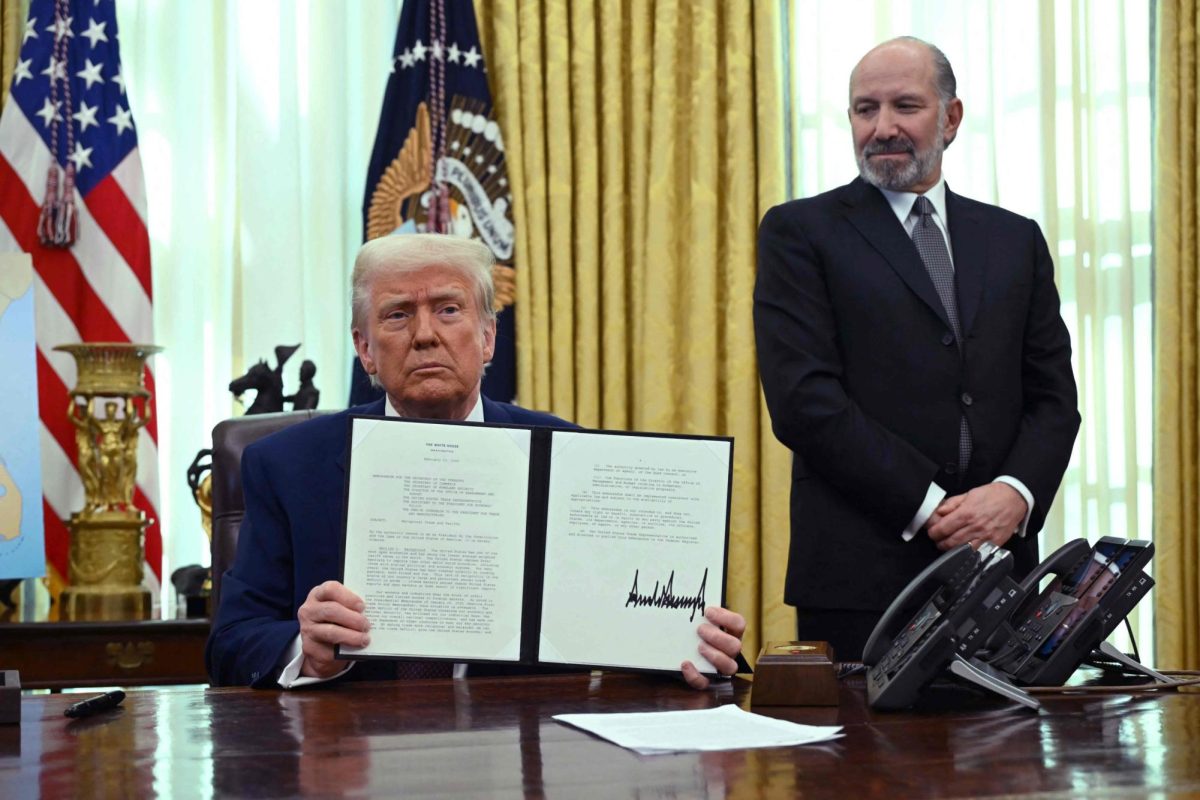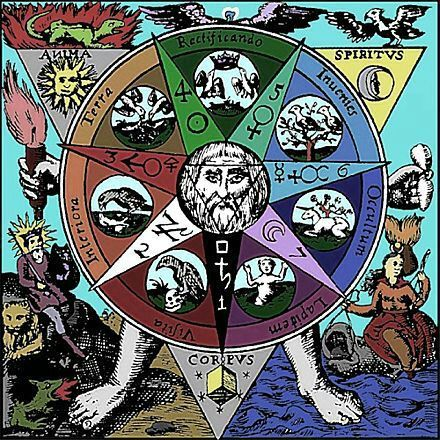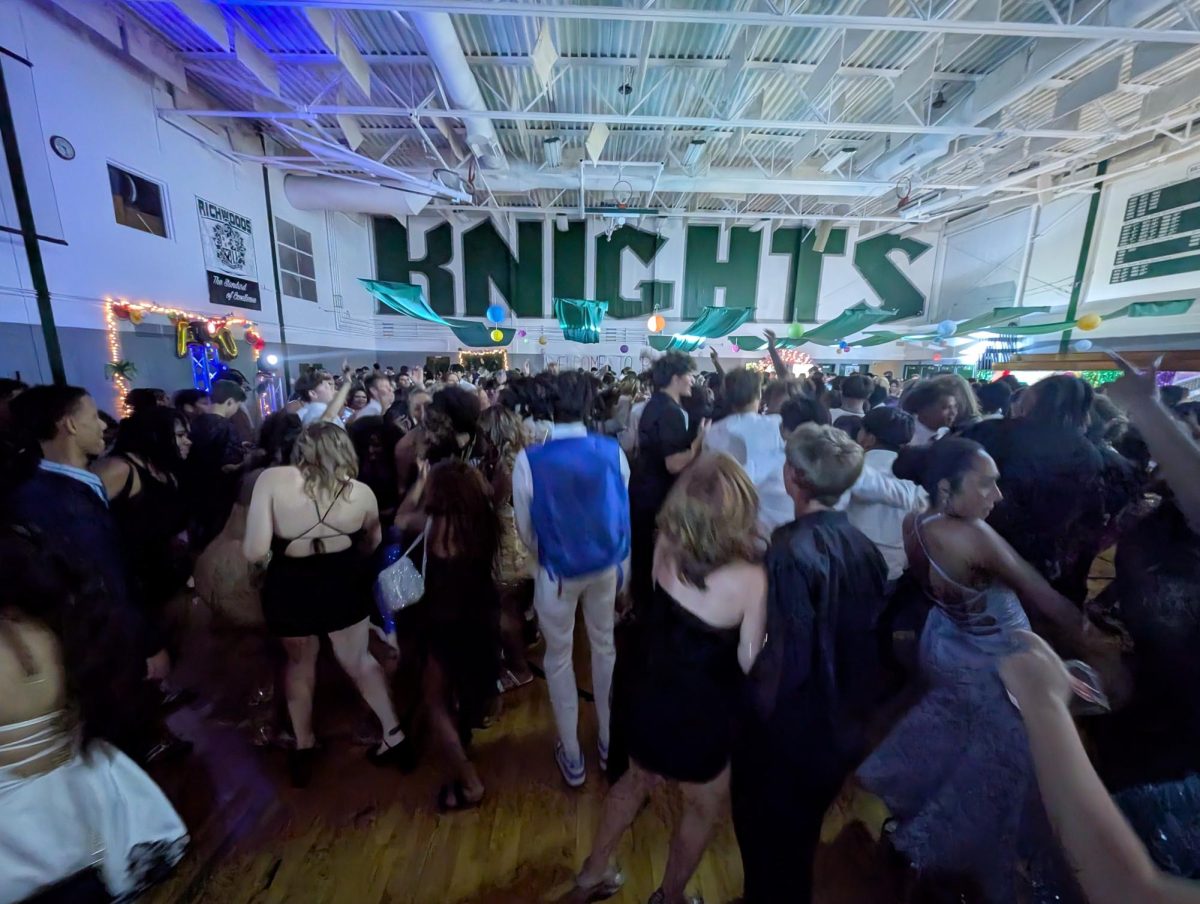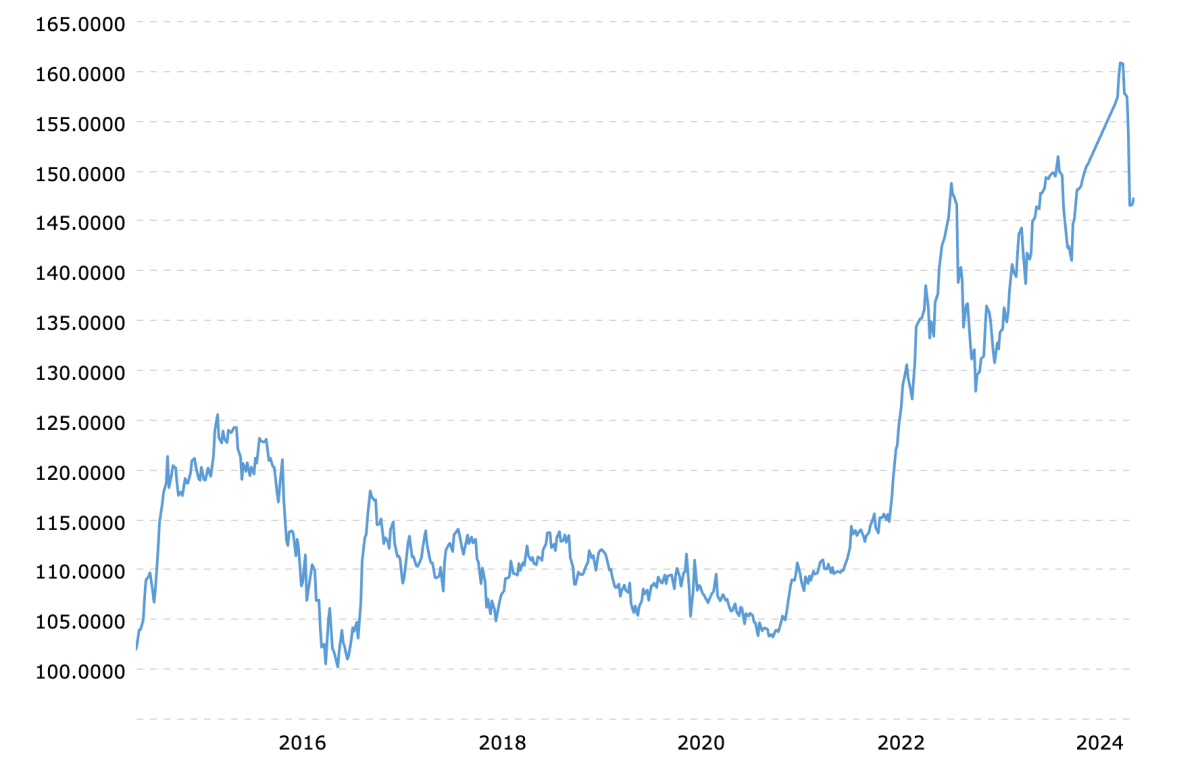The past couple of years have seen volatility in many markets not seen for decades. One of these examples is in the Forex market where the yen has been trading at a historic low against the dollar which has not been seen since the 1990s. There are many causes for this which include the COVID-19 pandemic, Japanese economic struggles, as well as the wide gap in government interest rates between the Unites States and Japan.
Post World War II, Japan experienced an economic miracle over increasing their GDP figures by over 100x between 1960 and 1995. However, that came to an end with the Asian Financial Crisis of 1997. Following this crisis, Japan experienced a period of economic stagnation which even extends to this day. The weakness in the Japanese economy decreases investor confidence which lowers the yen’s value compared to other currencies.
The COVID-19 pandemic created a global recession which caused global deflation which prompted the world to lower interest rates. Japan already had its interest rates exceptionally low. In fact, their interest rates were negative, which was considered radical when introduced. However, after many countries began to open their economies again following COVID, the world experienced inflation at highs that were not seen since the 2008 Financial Crisis. This prompted many countries to begin increasing interest rates to curb inflation. The one major exception to this was Japan who kept their interest rates low to increase inflation as they had been in a period of deflation. The gap in interest rates allowed investors to borrow the yen cheaply and sell it for the dollar to invest in countries with higher interest rates. This massive sell-off resulted in a sharp decline in the yen’s value from approximately 110 yen per dollar to 160. The interest rate gap between the US and Japan reached a staggering 5.43% which has not been seen since 2007. In March of 2024, Japan’s central bank began to increase its interest rates. Although the increase was simply from –0.1% to 0.1%, a tiny increase of 20 basis points, it began to set precedent for the next rate cut which happened towards the end of July. This time it was an even smaller increase of 15 basis points which brought it up to 0.25%. However, in a matter of days the yen soared in value from $1 being equivalent to ¥155 to ¥145. As Japan continues to increase interest rates, and the US continues to decrease rates, the yen will strengthen back to historic rates soon.





